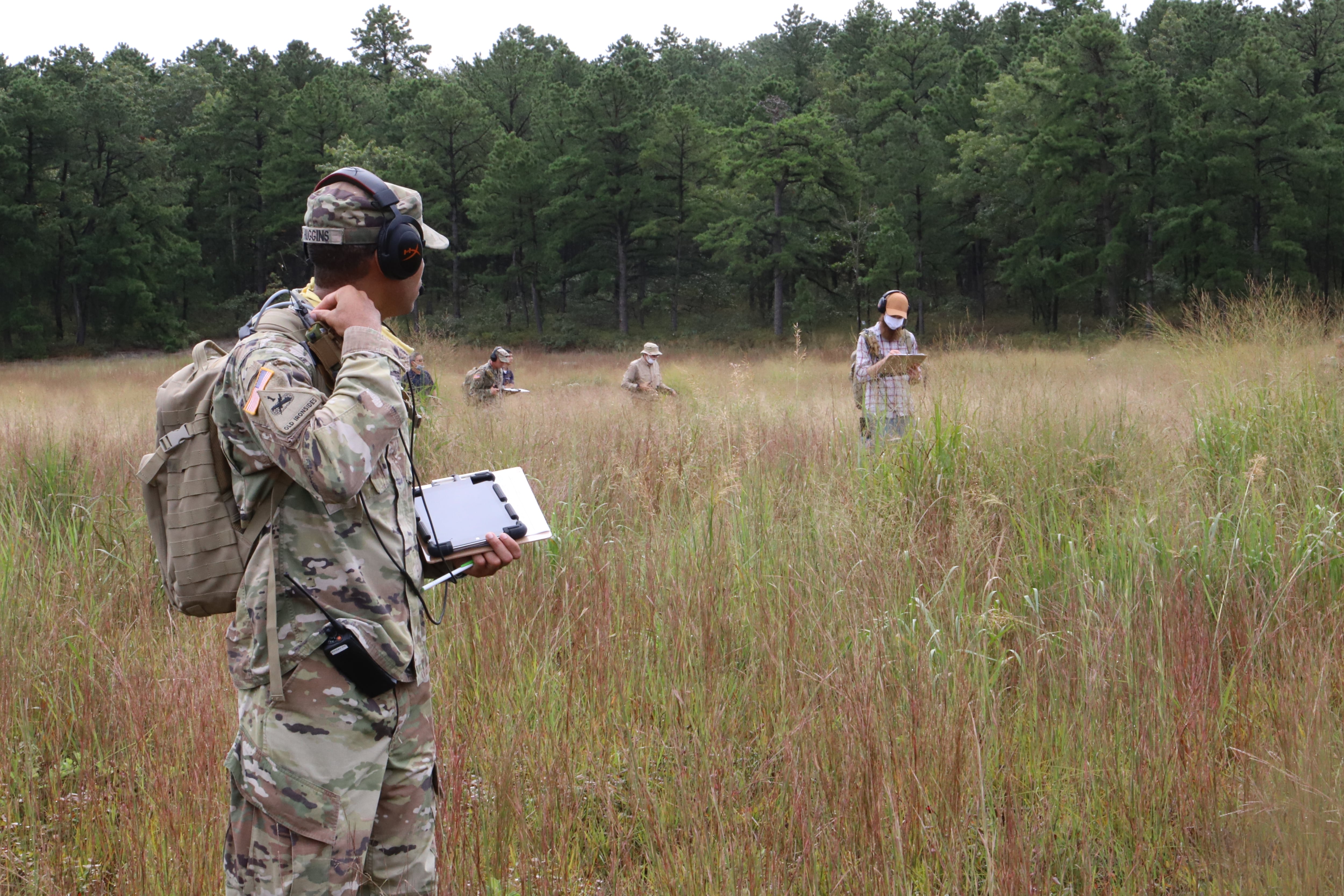Intelligence, Surveillance, and Reconnaissance has long been the cornerstone of the Pentagon’s planning and response capabilities. However, the current risk environment, with every domain contested and new threats emerging daily, demands a fundamental rethink of what ISR can achieve.
ISR is, of course, dependent on data, and to some extent the traditional sensor array has long been supplemented by non-traditional sources, such as using aircraft targeting sensors for reconnaissance. Today, an overwhelming volume of information from additional sources including commercial satellites, social media, inputs from academia or partner nations, and other public or commercial databases requires new tools and new approaches for analysis.
To keep up with and take advantage of the volume and unrelenting pace of data capture, what’s needed is an accelerated approach to Non-Traditional ISR — one that expedites capturing, understanding, and sharing relevant insights all the way to the tactical edge.
Non-Traditional ISR — a New Approach
NTISR focuses on the data, not the hardware and the platforms used to store, analyze, and share information. In essence, data now becomes the sensor. Humans still play a crucial role in the process, but NTISR relies heavily on automation for enhanced data processing, exploitation, and dissemination, or ePED. This increases speed to intelligence and frees resources to execute analysis and make decisions.
Another key factor that makes NTISR different and essential to understanding the rapidly changing risk environment is that relevant data is no longer tied to hardware and electronic sensors, which are often highly classified. NTISR allows for collection and analysis using non-classified sources, including:
• Publicly available information, or PAI. Websites, social media, video, news and more create a flood of data across the open, deep and dark webs, which could provide clues to impending threats.
• Commercially available information, CAI. Vetted, acquired databases that have proven to be incredibly useful for spotting threat actors and activity early enough to mount an effective response. What this data can provide, with uncanny accuracy and speed, is context.
Sentiment and intent can be related to words and actions, making potential threats much more obvious. It isn’t just a matter of what’s being said. It’s crucial to consider if a person or group has the means and motivation to carry out a threat.
Open-source information changes the landscape of what is available for analysis, how it is procured, and how quickly it can be used. Because this data is constantly evolving, PAI and CAI can provide more current views of an emerging situation to augment traditional ISR sources.
Working with trusted data partners ensures accuracy and security, and because the information is non-classified, it can be stored, processed, and shared over non-classified networks. This means that up-to-the-moment insights can be delivered whenever and wherever needed.
Four Building Blocks of Effective NTISR
There are four additional components required to make open-source information actionable at the point and time of need — all related to ePED.
People While automation is crucial to dealing with the scale of raw data, it’s humans who can derive insights from the analysis. In other words, skilled personnel, empowered by technology, are essential to making sense of — and use of — risk-related information. NTISR can create a staffing surplus, alleviating pressure on stretched teams.
Operational Support To create a framework that delivers speed at scale, new approaches to both technology and service delivery should be adopted. Automating as many processes as possible — via cloud-based or hybrid platforms — enables users to leverage huge amounts of data. Just as important, automation powers persistent oversight of the data, so that business rules or geo-based activity can trigger alerts or responses without intervention.
One solution to consider is a Contractor Owned, Contractor Operated approach, which provides scalable capabilities to support core DoD teams and enables the use of secure, compliant non-classified data.
Visualization How the information is structured and presented is crucial to understanding how it can impact the mission. Automating tasks using AI and ML can uncover and connect clues hidden in the data, speeding the discovery of time-sensitive information. These insights can then be reported in ways that are most useful to human analysts and decision makers.
Flexibility The final element is creating an environment that adapts to meet fast-changing conditions. A modular architecture allows components of an NTISR backbone to be snapped in and out as needed; these components include not just technologies but industry vendors. The cloud is essential to deliver persistent views of the data, ensuring that solutions can evolve to meet the moment. Consider employing as-a-Service approaches to enable new technologies and improved workflows to be deployed on demand — helping achieve mission goals quickly and cost-effectively.
Seamlessly Linking All the Elements
NTISR connects multiple disciplines and a broad range of data sources. To make use of this vast amount of information, a secure cloud-based environment is essential. This enables persistent views of the data to support pre- and post-mission monitoring, sensing, and fusion. At the same time, it’s critical to ensure that cloud-based platforms meet strict requirements for speed, scalability, compliance, and the ability to augment traditional ISR platforms.Since NTISR amplifies the ability to spot risks long before they can impact operations, decision makers can now have a comprehensive view of potential threats, based on near real-time information.
While traditional ISR remains a vital part of the Pentagon’s knowledge chain, NTISR’s speed scale, and flexibility deliver the insights that can make all the difference to mission success.
Dana Dewey is President, C5ISR Solutions, at SMX, a leader in next-generation cloud, C5ISR and engineering and IT solutions operating in close proximity to clients across the U.S and around the globe.
Have an Opinion?
This article is an Op-Ed and the opinions expressed are those of the author. If you would like to respond, or have an editorial of your own you would like to submit, please email C4ISRNET Senior Managing Editor Cary O’Reilly.








